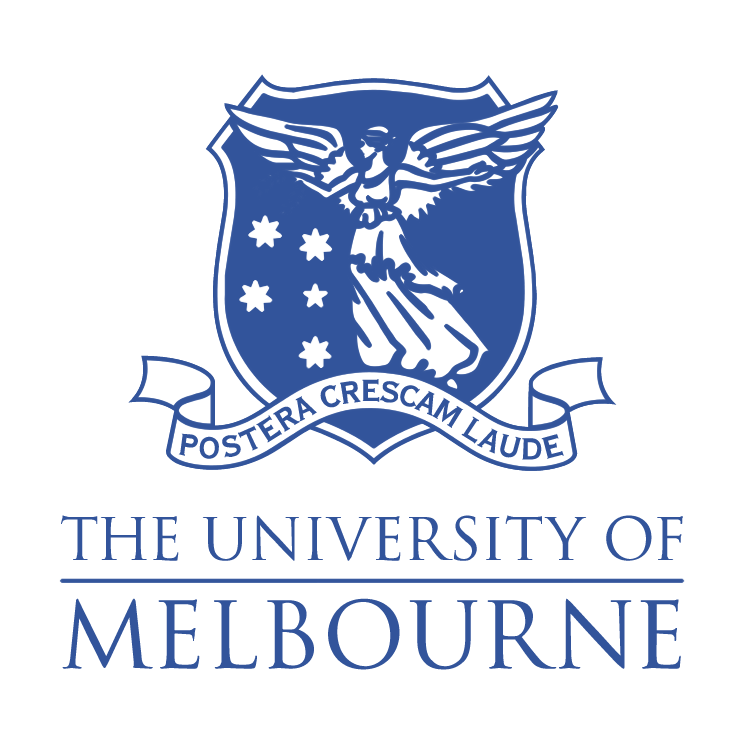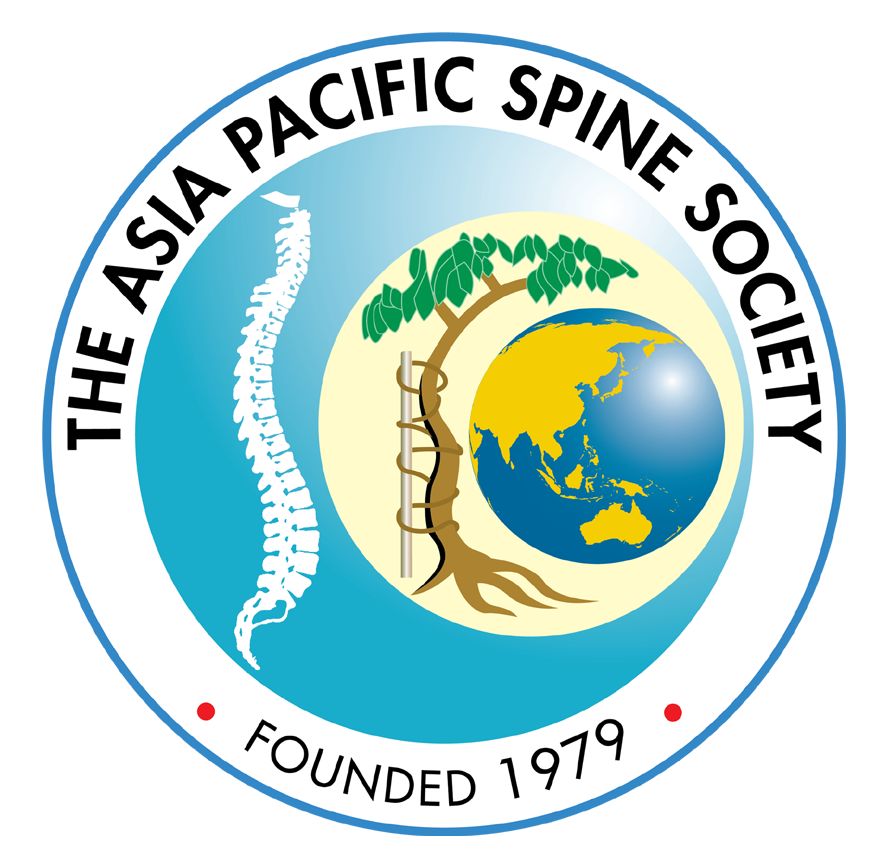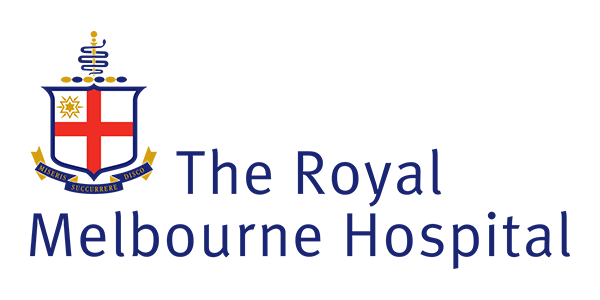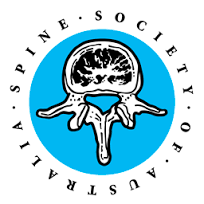Spinal Stenosis / Canal Stenosis
Spinal stenosis is a narrowing of the spine that is usually age-related. Although there can be a congenital or developmental element present. It is one of the most common spine conditions in older adults.
Common causes of stenosis include:
- Spinal disc degeneration
- Arthritis in the spinal joints / facet arthritis
- Spinal bone spurs and joint cysts caused by arthritis in the joints
- Enlarged and thickened spinal ligaments caused by bone spurs
Although rarely dangerous, degenerative spinal stenosis tends to worsen over time so timely treatment is important.
The narrowing of the spinal canal leaves less room for the spinal cord and nerves. Spinal discs, joints or bone spurs can press on the spinal cord or nerves and cut off blood supply to the spinal cord and nerves, causing pain, weakness and other symptoms.
Spinal stenosis can occur in all regions of the spine. In the neck it is called cervical canal stenosis, and in the lower back it is called lumbar stenosis.
Spinal stenosis symptoms include:
- Pain in your neck and/or shoulders
- Weakness and numbness in your hands, dropping things accidentally
- Difficulty in performing fine motor tasks like writing or doing up buttons
- Stooping posture
- No mobility in arms or legs
- Unsteadiness or difficult with walking
- Paralysis
Lumbar stenosis symptoms include:
- Pain in the back/lower spine, especially when walking (neurogenic claudication)
- Pain spreading down the back of your legs
- Pain that is relieved if you sit down or bend forward such as with a shopping cart
- Numbness and tingling in your legs and feet
Treatment
Mild or moderate symptoms can often be treated without surgery and this is always the initial treatment path where possible
A physical therapist can offer treatments and exercises to ease pain and movement.
Epidural steroid injections can treat inflammation and pain caused by pressure on spinal nerves, but not the underlying cause.
Surgery may be recommended if your spinal stenosis is severe, if other treatments don’t ease your pain, or if pain and weakness limit your mobility.
A laminectomy is where parts of a spinal bone called the lamina are removed to relieve pressure on the underlying nerves or the spinal cord.
A laminoplasty involves scoring and expanding the lamina bone to create more room for the spinal cord and nerve roots, thereby relieving pressure and pain.
Spinal fusion is surgery to join two or more bones (vertebrae) in the spine for more stability. This may be required when bone has to be removed from the spine to take the pressure off nerves, resulting in instability of the spine.
